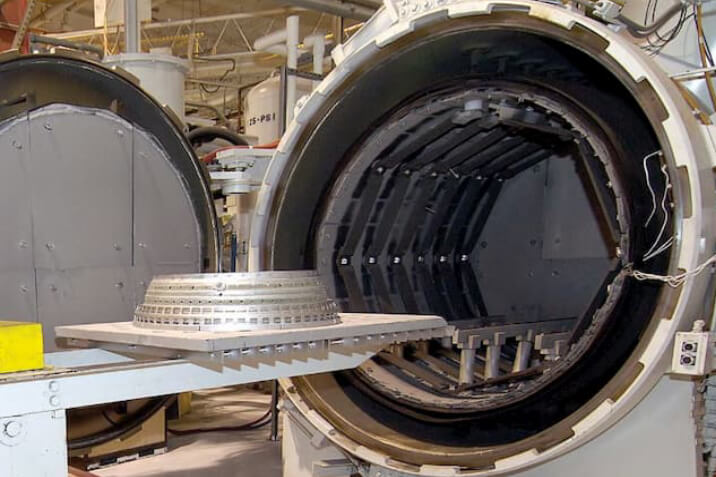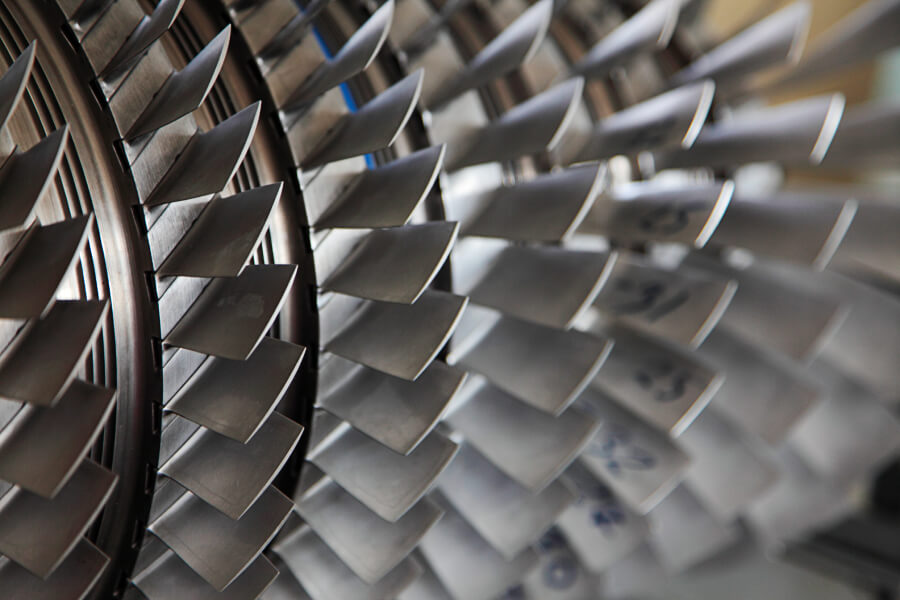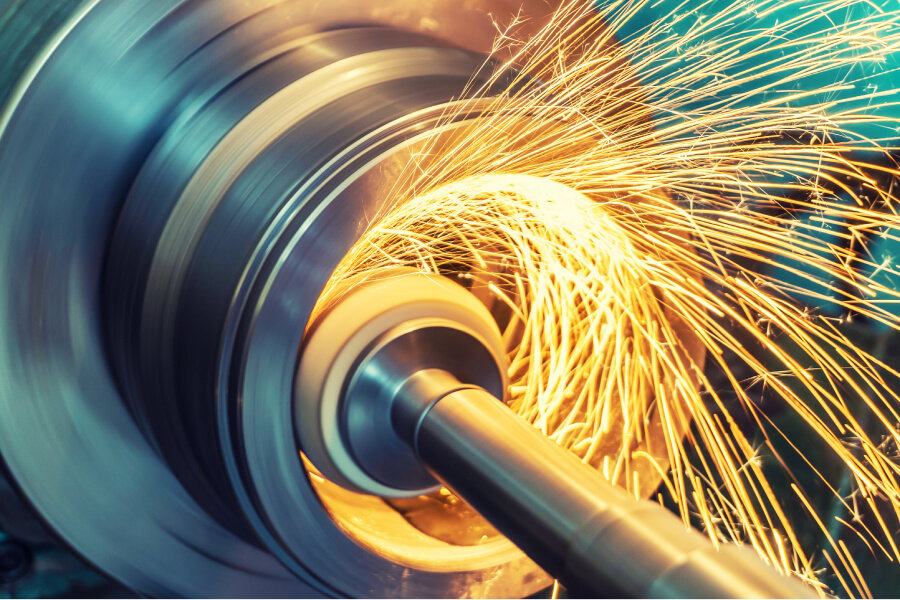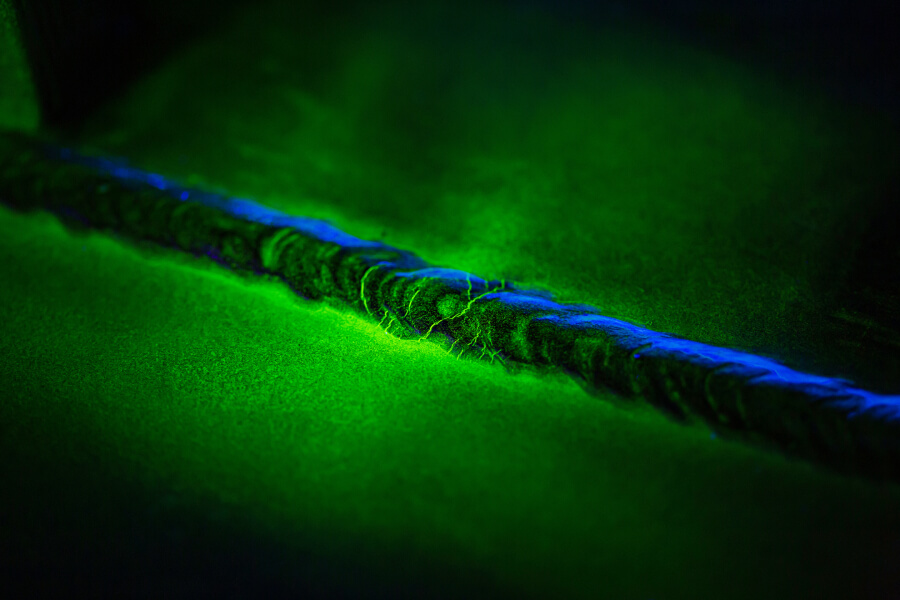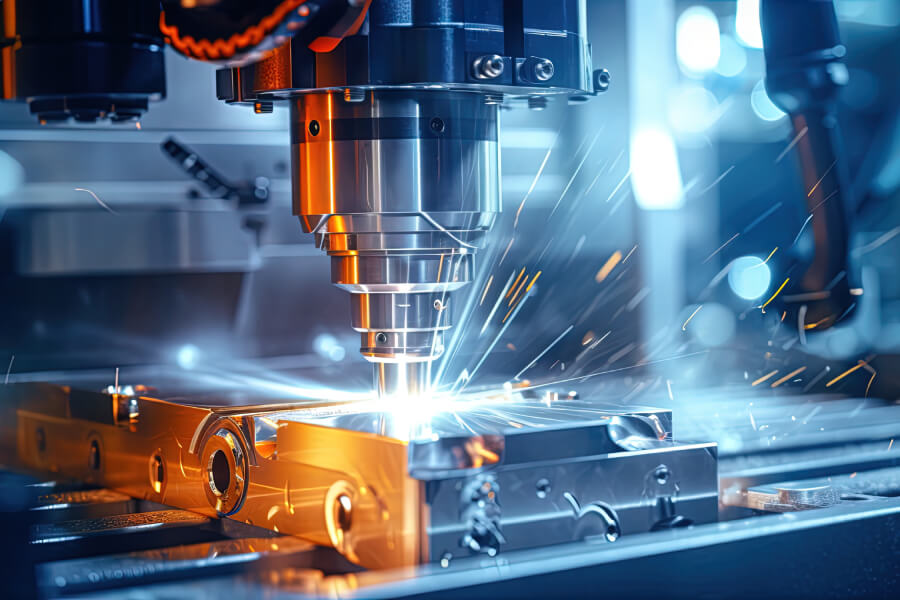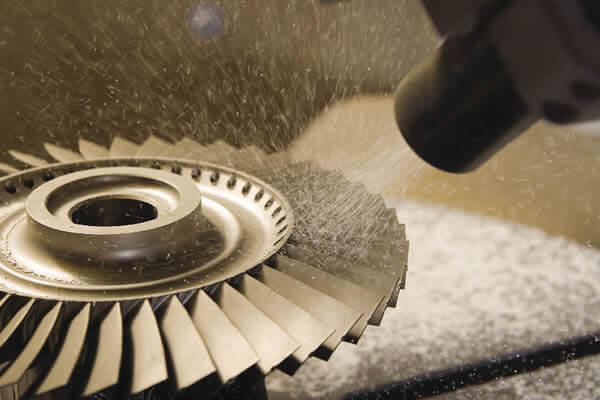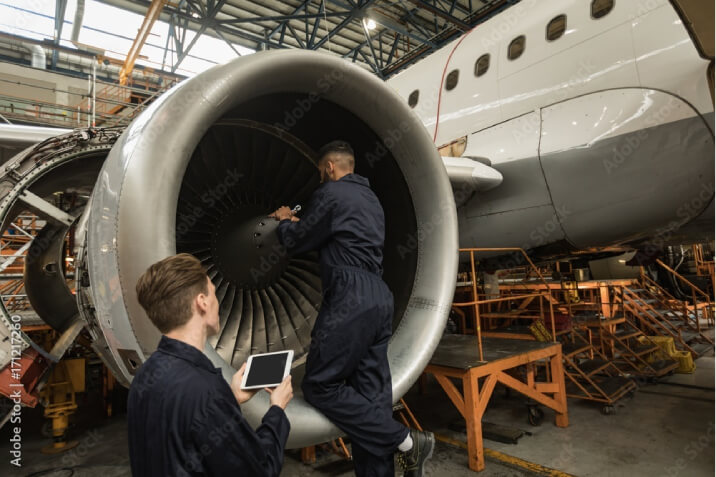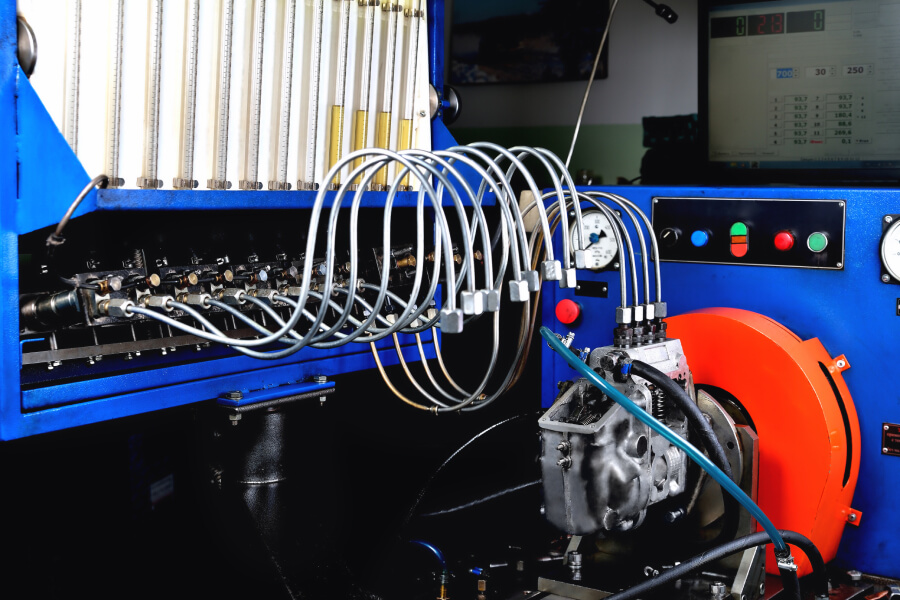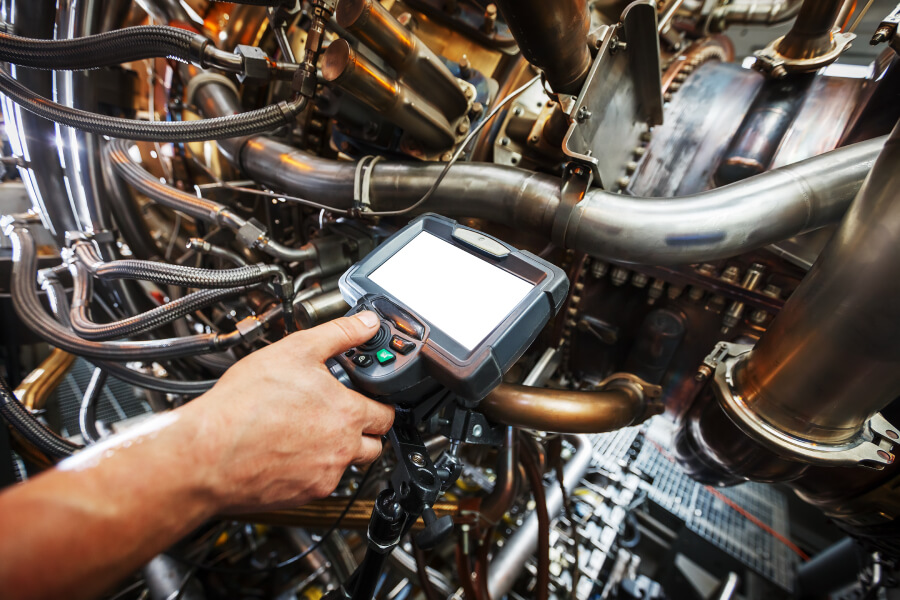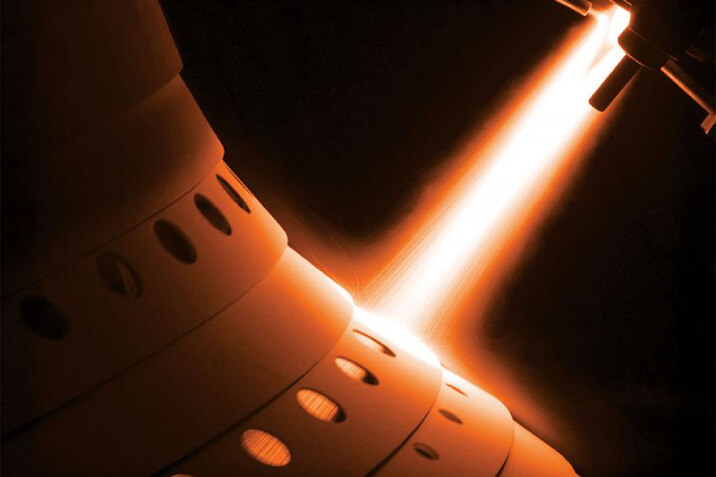Engine repair and overhaul refer to the processes involved in inspecting, repairing, and restoring an aircraft engine to a serviceable condition. These procedures are critical for maintaining the safety, reliability, and performance of aircraft engines throughout their operational lifespan. Here are the key steps and considerations involved in engine repair and overhaul:
- Inspection and Disassembly:
- The process begins with a thorough inspection of the engine. The engine is disassembled, and each component is carefully examined for wear, damage, or other issues. This may include inspecting components such as turbine blades, compressor blades, and other critical parts.
- Cleaning and Parts Replacement:
- After inspection, components are cleaned to remove contaminants. Parts that are found to be worn or damaged beyond acceptable limits are replaced. This can include bearings, seals, gaskets, and other wear-prone components.
- Machining and Refurbishment:
- Some components may undergo machining or refurbishment processes to restore them to their original specifications. This may involve processes such as grinding, welding, or coating application to extend the life of certain parts.
- Non-Destructive Testing (NDT):
- Non-destructive testing methods, such as ultrasonic testing, magnetic particle testing, and dye penetrant testing, are often employed to detect hidden defects in critical engine components. This ensures that any potential issues are identified and addressed.
- Balancing:
- Dynamic balancing is crucial for rotating components within the engine, such as turbine and compressor blades. Balancing helps to reduce vibrations and ensures smooth operation. Unbalanced components can lead to premature wear and decreased efficiency.
- Assembly:
- After individual components are inspected, cleaned, and refurbished, the engine is reassembled. This process involves carefully following the manufacturer's specifications and guidelines for torque values, clearances, and assembly procedures.
- Testing and Performance Checks:
- The overhauled engine undergoes rigorous testing to ensure it meets the required performance standards. This may include bench testing, ground testing, and sometimes test flights. Parameters such as thrust, fuel efficiency, and temperature are monitored to verify proper functionality.
- Documentation and Certification:
- Comprehensive documentation is crucial for engine repair and overhaul. Records of inspections, repairs, replacements, and testing results are maintained. The engine may also undergo certification processes to ensure it complies with aviation regulations.
- Regulatory Compliance:
- Engine repair and overhaul must adhere to strict aviation regulations and standards. Facilities performing these services are often certified by aviation authorities, and the procedures must meet or exceed the requirements outlined by organizations such as the Federal Aviation Administration (FAA) or the European Union Aviation Safety Agency (EASA).
- Lifecycle Management:
- Engine repair and overhaul are integral parts of an engine's overall lifecycle management. Regular maintenance, inspections, and overhauls contribute to extending the lifespan of the engine and ensuring its continued reliability.
Engine repair and overhaul are typically performed by specialized maintenance, repair, and overhaul (MRO) facilities. These facilities have the expertise, equipment, and certifications necessary to conduct these intricate processes and maintain the airworthiness of aircraft engines.

